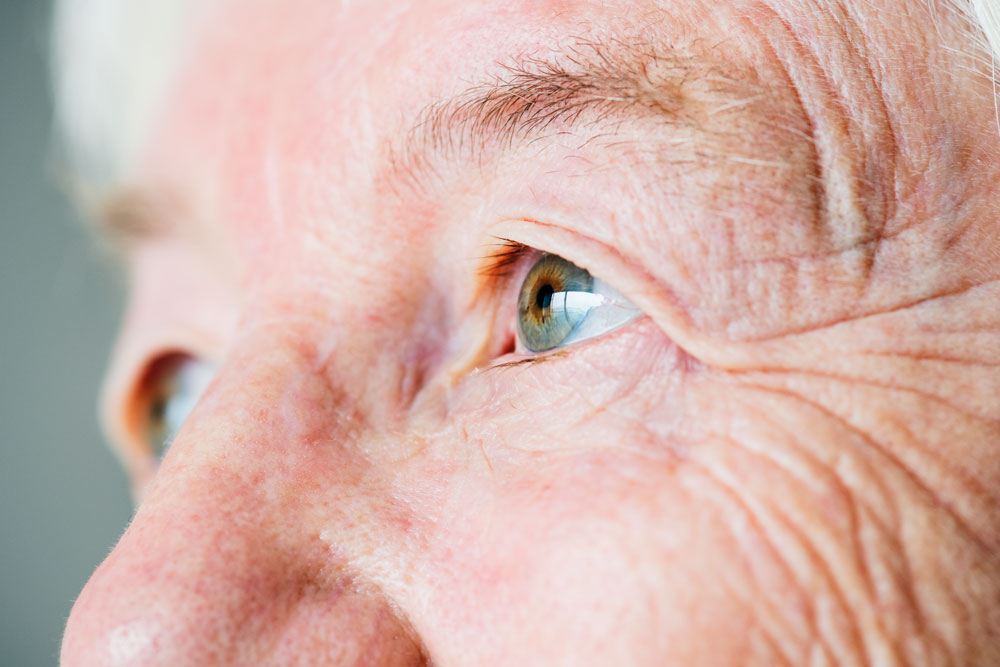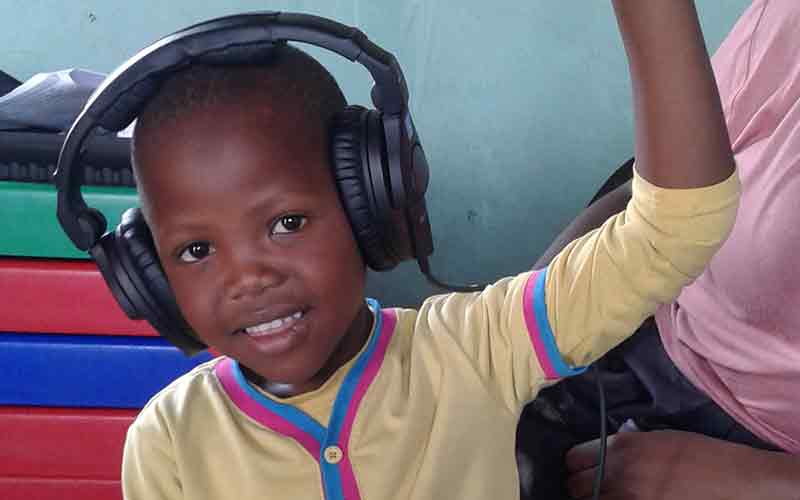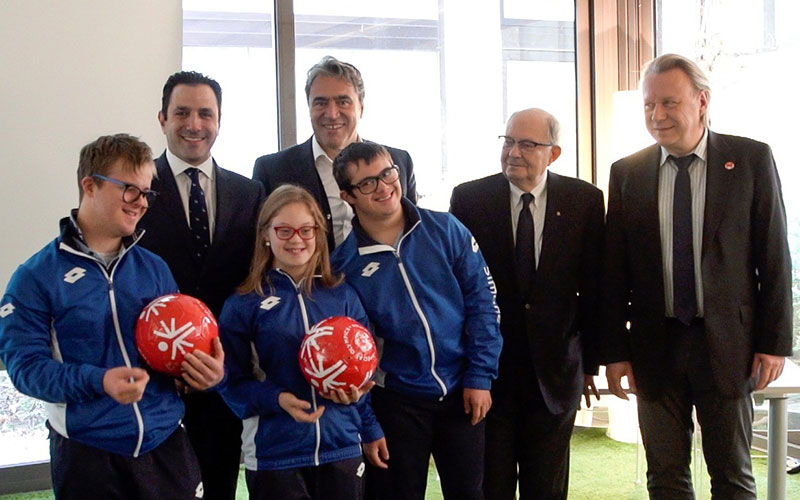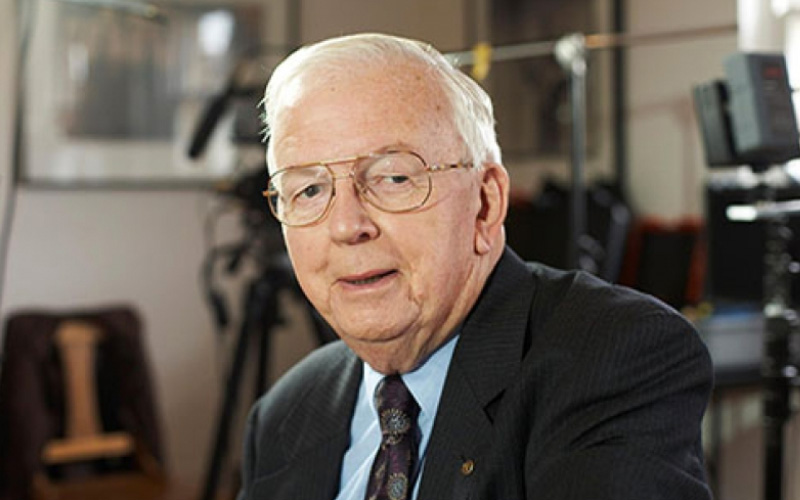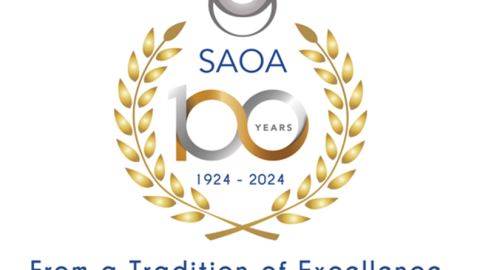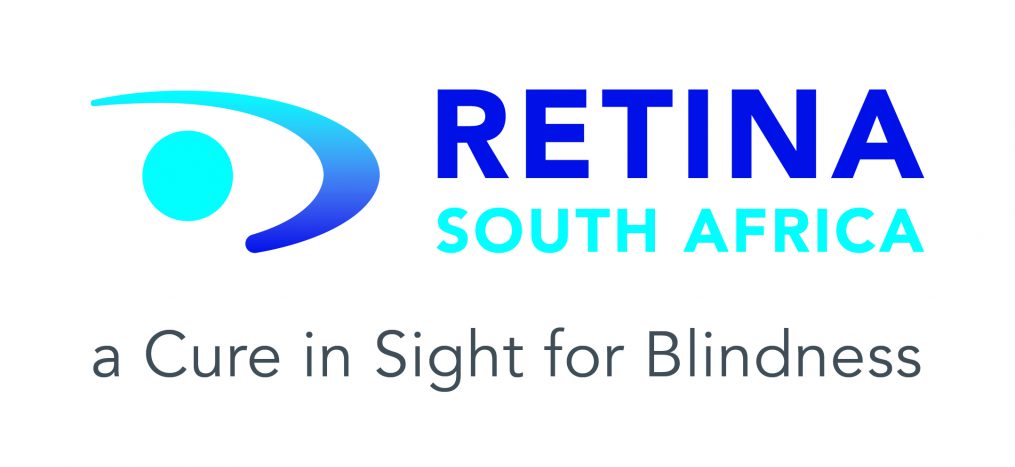
EDITORIAL
By C Medefindt
2020 is finally past but unfortunately the Covid-19 Pandemic is still with us. As blind or partially sighted people who need to hold onto people, railings, door handles for orientation and guidance the ability to stay protected is even more difficult. We need to take extra precautions with hand sanitising and social distancing wherever possible. We also need to ensure that we maintain contact with friends and family to avoid isolation and depression.
During lockdown our social workers and trained counsellors were unable to do home or hospital visits. They called members to offer advice and support. This service continues. What was most disturbing was how many wrong telephone numbers were recorded on our system. Have you updated your contact details? This was also evident during our Stargardt clinical trials recruitment. How sad when we have important information and are unable to contact so many of our members. Please mail us your correct details at headoffice@retinasa.org.za.
POSTPONEMENT OF DIS-CHEM RIDE FOR SIGHT AFFECTS RESEARCH
The annual Dis-Chem Ride for Sight was due to be held in February but due to the restrictions on the numbers of participants under Covid-19 we were forced to postpone to April. We sincerely hope this will still be possible, and we are monitoring the situation. Due to the loss of income from this event, we have been forced to reduce our grant to the Retinal Degeneration Research Project University of Cape Town.
Over the past 30 years, the Ride for Sight has contributed over R10m to the Division of Human Genetics at the University of Cape Town. This remarkable team led by Professor Raj Ramesar has successfully contributed to the international pool of knowledge of the genetics of retinal vision loss. They have identified genes that are unique to our South African families and done DNA extraction and banking of biological material from members of Retina South Africa. Their world-class genetic panel, to screen for the most common gene mutations found in our diverse population is the first of its kind in Africa. Please help us maintain this crucial project by adding a donation, however modest, to your membership fee. An invoice for fees will follow shortly. Thank you.
NEWS FROM UCT
The project at the Division of Human Genetics at the University of Cape Town was affected by the Covid-19 restrictions but still managed to do an impressive amount of work.
UCT report by Dr. Lisa Roberts
When lockdown began on 27 March, the UCT retinal team, like all South Africans, was plunged into uncertainty. Our work was not classified as “essential” during Level 5, and we could not access the laboratory on campus. However, we could remotely access our electronic data, and could still generate genetic result reports as they were requested. We could also respond to patient, doctor, and genetic counsellor queries. On the research side of things, we have used the time to archive results into our retinal registry, and complete the analysis of the data we had previously generated. Lockdown gave us an opportunity to tie up several projects that had been underway for the last few years, and this year we have published six manuscripts in the following scientific journals: Genetics in Medicine, Genes, JAMA (The Journal of the American Medical Association) Ophthalmology, Human Mutation, Molecular Vision, and the American Journal of Human Genetics. This is the most publications generated in a single year by our group since our retinal research began in 1985.
We currently have three students on the project, and they performed analysis on data they had already generated, designed laboratory assays, planned their experiments, and worked on writing their project proposals, research ethics applications, and theses. Team meetings and student-supervisor meetings were held online regularly (as were lectures and seminars).
With lockdown level 4 in May, some essential activity could resume on campus, so biological specimens could be delivered to the lab and coded, and DNA could be extracted for banking. However, the institutional policy of UCT was (and still remains for the foreseeable future) that working remotely should be done wherever possible.
We currently have three students on the project, and they performed analysis on data they had already generated, designed laboratory assays, planned their experiments, and worked on writing their project proposals, research ethics applications, and theses. Team meetings and student-supervisor meetings were held online regularly (as were lectures and seminars).
With lockdown level 4 in May, some essential activity could resume on campus, so biological specimens could be delivered to the lab and coded, and DNA could be extracted for banking.
However, the institutional policy of UCT was (and still remains for the foreseeable future) that working remotely should be done wherever possible.
By August, certain senior students were permitted to return to campus to access the specialised equipment and laboratory space in order to complete their studies, and as each month passes additional students are added to that group. Staff and students are currently allocated specific times in the labs and offices, to ensure we do not exceed the maximum number of persons in the space and can maintain safe social distances. Lab work is therefore progressing at a slightly slower pace than pre-COVID times. Nevertheless, the Next Generation Sequencing panel (which sequences 116 retinal disease genes) was run in September for the cohort of patients identified by Retina South Africa; the data analysis has been completed, and validation of the results should be completed soon. Finally, we have also improved the panel design by adding more genes to the panel. The total number of genes on the panel is now 124. We have also begun planning new projects and looking at how we can optimise our research methodology in the era of Covid19.
RESEARCH NEWS
AGTC announces results for Achromatopsia and X-linked RP gene therapy trials
Applied Genetic Technologies Corporation (AGTC), reported in November that some patients in its Phase 1/2 clinical trials for achromatopsia (caused by mutations in CNGA3 and CNGB3) showed vision improvements in at least one measure of visual function, but no consistent, sustained improvements were observed. Some patients reported vision improvements through anecdotal statements and surveys.
Achromatopsia is a genetic retinal disease that causes extreme sensitivity to light as well as significant loss of visual acuity and colour perception. The condition is caused by mutations in one of six genes with mutations in CNGA3 and CNGB3 being the most common cause.
AGTC continues enrolment of its phase 1/2 clinical trial of patients as young as four years old.
AGTC also reported additional positive data from its Phase 1/2 gene therapy clinical trial for patients with X-linked retinitis pigmentosa (XLRP). They found improvements in visual sensitivity and visual acuity over a wide range of dosage levels with good safety data up to 12 months in two of the dose groups. The company is planning a Phase 2/3 clinical trial of its XLRP gene therapy in 2021. Information from Foundation Fighting Blindness homepage.
New Treatment for Wet AMD
A new treatment for wet age-related macular degeneration (AMD), which could see patients receiving as few as four injections a year, has been approved for use in England and Wales. Brolucizumab (Beovu), which was approved for use in Scotland earlier this year, has been approved by the National Institute for Health and Care Excellence (NICE) on the NHS.
The new drug, which is being marketed by Novartis could see patients going as long as 12 weeks between eye injections. Eyelea, the AMD treatment marketed by Bayer has a similar treatment schedule and is registered in South Africa. Both these drugs could help minimise the treatment burden for many patients.
Retina South Africa together with the Ophthalmology Society of South Africa has brought this benefit, plus the obvious cost saving of a “treat and extend” approach to the attention of the medical funders in South Africa. Many have agreed to review their treatment strategies for AMD patients who do not respond to the off-label drug Avastin, the primary drug used in South Africa.
Stem Celltherapy Advances to Clinical Trial
Researchers from Kobe City Eye Hospital in Japan have performed the world’s first transplant of photoreceptors derived from induced pluripotent stem cells (iPSC) into the eye of a person with Retinitis Pigmentosa (RP).
Stem cells, which can be obtained from a variety of sources, can be developed into almost any cell type in the body, including photoreceptor cells. This trial uses iPSC cells derived from mature blood cells of a person without a retinal disease. The researchers genetically manipulated these blood cells to revert back to a stem cell state and then coaxed them forward to become three-dimensional retinal tissue with a mixture of different retinal cell types. The researchers then developed a sheet of photoreceptor cells from the mixture to implant into a patient with RP.
Brian Mansfield, PhD, executive vice president for research and interim chief scientific officer at the Foundation Fighting Blindness says “The retina consists of a complex layering of different cells, precisely oriented to each other, which creates many challenges in replacing a single cell type like the photoreceptor. We need to keep in mind that this is still very early stage research and evaluating safety is the primary goal. But it is an important step forward in our search to find treatments and cures for inherited retinal diseases.”
The iPSC used in the trial were developed by Shinya Yamanaka, MD, PhD who in 2014 transplanted retinal pigment epithelial (RPE) cells derived from iPSC into a patient with wet Age-Related Macular Degeneration (AMD).
Other iPSC transplantation is being conducted by Dr David Gamm, MD, PhD, at the University of Wisconsin-Madison. He has developed an iPSC-derived three-dimensional patch comprised of both photoreceptors and RPE to potentially restore vision to people with advanced retinal conditions.
PROQR Illuminate Study for LCA 10 Moves To Phase 2/3
ProQR Therapeutics announced it has completed patient enrolment in its Phase 2/3 Illuminate study of Sepofarsen for the treatment of Leber Congenital Amaurosis 10 (LCA10) due to the p.Cys998X mutation in the CEP290 gene. Sadly there were no South African LCA patients where this particular mutation had been identified.
This phase 2/3 trial, has enrolled 36 patients aged eight years or older to receive either Sepofarsen in one of two doses or a placebo. The primary endpoint of this study is the measurement of Best Corrected Visual Acuity (BCVA), after 12 months. Comparing the registration dose versus sham. This will hopefully lead to marketing approval of the drug.
Good results in the Phase 1/2 study, which showed that patients treated with the target dosage of sepofarsen had a mean improvement in BCVA at Month 12 of approximately 9 lines on the ETDRS chart.
Sepofarsen (QR-110) is a RNA therapy designed to address the underlying cause of Leber congenital amaurosis 10 due to the p.Cys998X mutation (also known as the c.2991+1655A>G mutation) in the CEP290 gene. The p.Cys998X mutation leads to aberrant splicing of the mRNA and non-functional CEP290 protein. Sepofarsen is designed to enable normal splicing, resulting in restoration of normal CEP290 mRNA and subsequent production of functional CEP290 protein. Sepofarsen is intended to be administered through injections in the eye and has been granted orphan drug designation in the United States and the European Union and received fast-track designation from the FDA.
Leber Congenital Amaurosis (LCA) is the most common cause of blindness due to genetic disease in children. It consists of a group of diseases of which LCA10 is the most frequent and one of the most severe forms. LCA10 is caused by mutations in the CEP290 gene, of which the p.Cys998X mutation has the highest prevalence. LCA10 leads to early loss of vision causing most people to lose their sight in the first few years of life. Approximately 2,000 people in the Western world have LCA10 because of this mutation.
LCA in South Africa
International researchers estimate that LCA affects around 1 in 33 000 people. That means around 1500 South Africans could be affected yet Retina South Africa has only 45 patients with LCA on our patient registry. Out of these 20 patients have never had a genetic test and may well have been eligible for the Illuminate clinical trial. When the trial leads to therapy in around 2 years’ time, a genetic test will still be required to access this therapy. Contact Retina South Africa for more information.
CALLING USHER SYNDROME PATIENTS
Do you have Retinitis Pigmentosa and hearing loss? We need to contact you urgently.
We are in discussion with an international group conducting clinical trials in Usher Syndrome. There may be the possibility of including Usher patients from South Africa, with a particular genetic type in a clinical trial. If you or a family member have a clinical diagnosis of Usher syndrome, whether you have a genetic result or not we need to speak to you urgently. Please contact the office.
NEED GENETIC TESTING
To participate in clinical trials and have access to gene-specific therapies you do need a genetic diagnosis. We have identified a testing pathway at a reduced price. Please contact us for more details.
WEBINARS
1. Past webinars from the Low Vision Centre of learning are available via https://lowvision.co.za/webinars-centreoflearning
2. For Webinars from Retina South Africa https://www.youtube.com/channel/UC54Y69fvfcCrsI8WIlFylIQ
EDUCATIONAL WEBINARS
Are you interested in joining a regular free webinar focussing on different conditions or aspects of vision loss?
Email headoffice@retinasa.org.za
DEAF- BLIND SOCIETY LOOKING FOR MEMBERS IN GAUTENG
The Deaf Blind Society would like to establish committees in Johannesburg and Pretoria.
I am Leon Swart and I have been appointed as the Gauteng Provincial Representative Coordinator of Deaf Blind South Africa. Our organization is a voice for Deaf Blind people in South Africa. We are looking for people who have combined hearing and visual impairment. We would like to establish two branches for Deaf Blind South Africa, one in Johannesburg and one in Pretoria. We need to appoint a committee with a Chair and Vice chair for each committee who have both vision and hearing impairment.
Once a branch has been established, we will look at learnerships and job placement for members. We will assess your needs as a disabled person and seek sponsors to assist you to acquire the necessary assistive devices and software. This will improve your communication capabilities and increase your work productivity. I have created a WhatsApp group which is steadily growing.
For more information, please email me at leon.swart1@gmail.com or WhatsApp me at Cell: 081 482 3973.
YOUTH GROUP
Would you like to speak to other young people with retinal vision loss?
Email youth@retinasa.org.za. They also have a WhatsApp group that you may like to join. Kgosi, Alani, Anoop, or Sam will happily speak to you.
ANNUAL MEMBERSHIP FEE
Annual membership fee of R240 is now due for 2021. Please expect your annual invoice by email and if possible please add a donation to the RDD research project. You can also join our Circle of Light competition to win a monthly prize of R500.
THANK YOU BAUSCH AND LOMB FOR YOUR CONTINUED SUPPORT OF OUR WORK.

RETINA SOUTH AFRICA DISCLAIMER
Information disseminated by Retina South Africa is for information purposes only. Readers must discuss any intervention with their Eye Care practitioner. Information in this ENews does not imply that Retina South Africa endorses any particular therapy, intervention or medication. Retina South Africa assumes no responsibility for the use made of any information provided in this newsletter.


